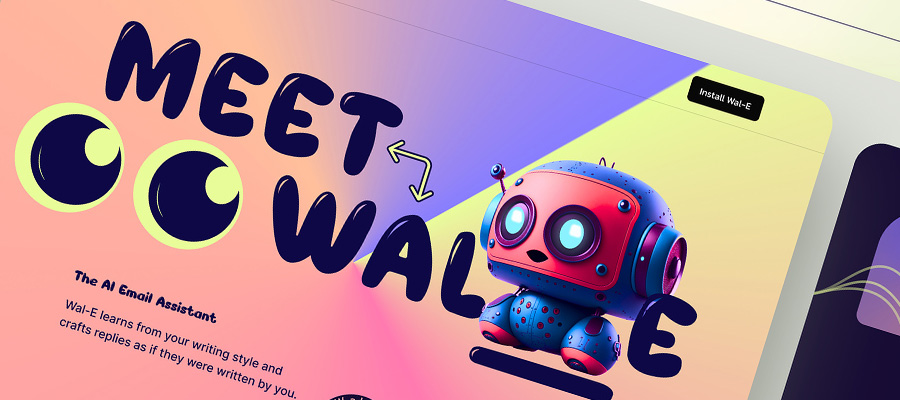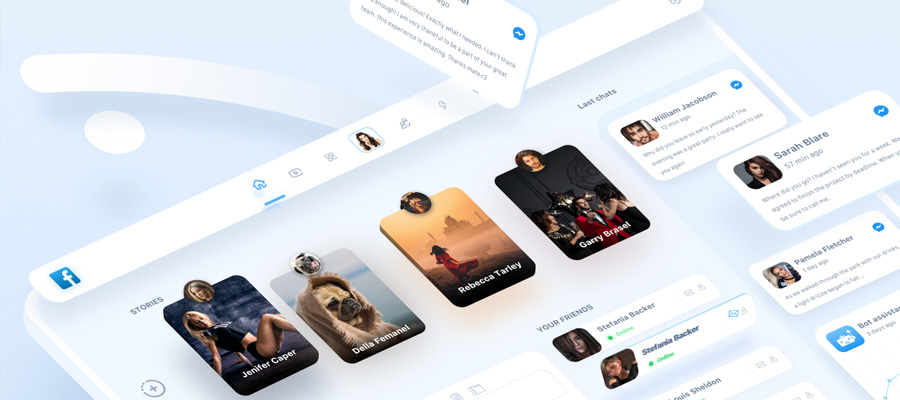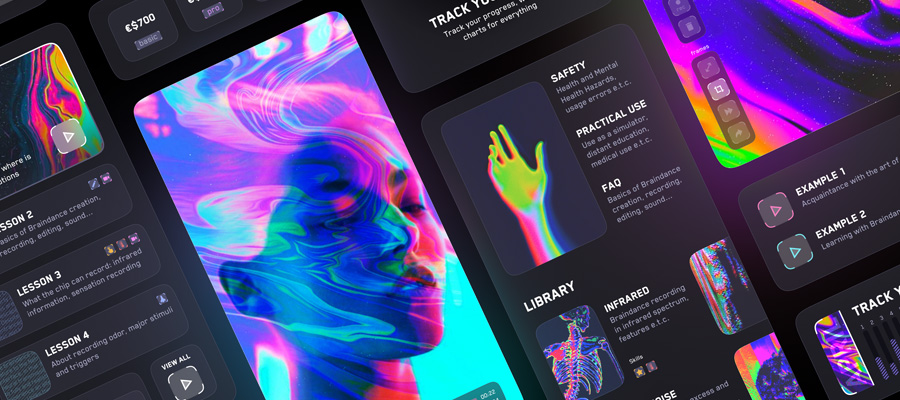Managing website projects, both during the design and development of that website and also once the new site has been launched and it enters the “ongoing maintenance” stage, has traditionally been done through a mixture of different software solutions. Designers would typically first use tools like Adobe Photoshop or Illustrator to design the website. Then, once the look of the site was approved, developers would t code the pages of that site in anything from Dreamweaver to BBEdit to Microsoft .NET Visual Studio.
Finally, that aforementioned “maintenance” stage opens up a whole slew of software possibilities, including a variety of CMS options that would be used by clients to add or edit content on their sites. All in all, the design, development, and management of a website could easily require enough different software products to make anyone feel a bit dizzy.
While the last thing that this web design scenario seems to need is more software solutions, the rise of compelling new SaaS (software as a service) options for web design may actually help reduce the number of different applications needed in this process. At the same time, these new cloud-based offerings also give web designers, and website owners, some compelling advantages not currently available with the software that has long been used for this process. In this article, we will take a look at these advantages and why SaaS offerings are changing the web design industry as we know it.
The Joys of One Platform
Unlike the array of software options needed to build and manage a website in the scenarios mentioned above, most of the new cloud-based web design platforms have an “all in one” mentality. This allows the design, development, and ongoing management of a website all to be done through that one software, making for a much easier workflow for all involved.
One example of this “all in one approach” can be found in Webydo. According to their website, “Webydo is a professional web suite that enables graphic designers to create and manage exceptional HTML websites, without writing code.”
This software allows designers to create the visual look and feel of the site and the code will be automatically created to turn that design into a working webpage. This combines both the design and development phases of a project under this one roof, but Webydo takes this a step further by also including powerful CMS capabilities in their platform. End customers can turn to the same software that was used to create the website to manage it, making it so that one software solution can be used in place of three. Some of the benefits of this reduction in software options include:
- Lower cost – more software means more software licensing. By reducing the number of software packages you need to make and manage a website, you can significantly lower the licensing costs associated with that project.
- Less confusion – if a web designer uses one software package to work on a website, but their client uses another (say, for instance, that the web designer uses Adobe Dreamweaver and the client uses Adobe Contribute), there is a risk of confusion because web designer and client cannot see the same thing. By using the same platform, this confusion can be stamped out and everyone can be on the same page because they are using the same tools.
Work On Your Website From Anywhere
Another advantage of the SaaS solutions that are making it to market today is the ability to use those platforms from anywhere, so long as you have a web browser and an Internet connection. Instead of being chained to a specific computer that has the software you need installed on that machine, cloud-based platforms that run in a web browser can be accessed and used from your office or your client’s office, from your home, or from the road if you are traveling. Cloud-based web design tools give you much more flexibility than software that has to be individually installed on the hard drives of specific machines. Speaking of installing software on your computer…
What Happens When You Get a New Computer?
The worry of having to uninstall software on an old computer so that the license can be later used on a new computer is gone when you use cloud-based software. Because all you need to do to access the software is to fire up the web browser and login, you do not need to contact your IT department or technology consultants to get involved just because you purchased a new computer. Just turn on that new computer, open a browser, and get to work!
Access to New Features
With traditional software that is installed on your computer, new features only typically come if you upgrade (and pay for) a newer version of that software. With cloud-based platforms, new features can be easily added to customers’ accounts. For instance, when the Webydo software added their Pixel Perfect Responsive Editor, allowing customers to easily bring multi-device support and responsive web design to their sites, they did not need those customers to download or install a new version of the software. All that Webydo’s customers had to do was login to their account and the new features were already available for them to use.
In Summary
As an industry, web design is still very young, but it has already seen a significant amount of changes and developments during its time. The transition from groups of various software applications being needed to create and manage a website to more streamlined SaaS options being able to replace those applications with a unified, cloud-based solution is one current move that has the opportunity to not only change the industry, but to greatly improve it in the process.























